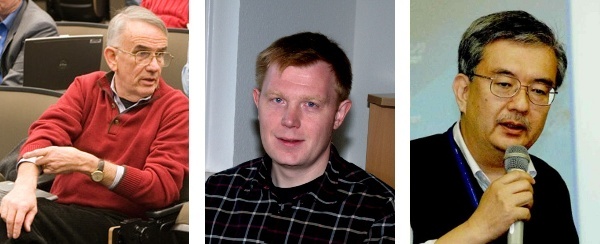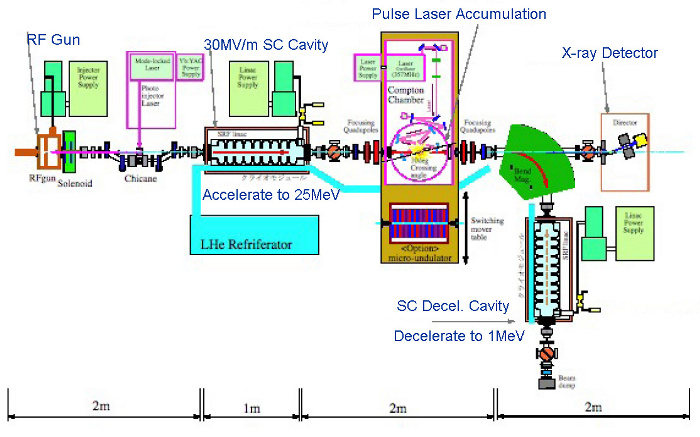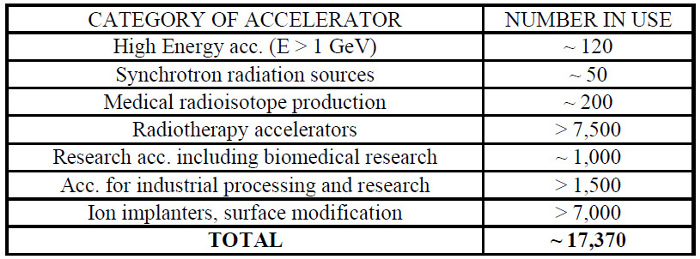Director's Corner
9 April 2009
 Barry Barish |
Technological Benefits from ILC R&D
We are pursuing a very ambitious R&D programme in order to develop the technologies that will be required to build the International Linear Collider. Recognising that important technological benefits are resulting from our ILC R&D programme, the Funding Agencies for Large Colliders (FALC), a group composed of representatives of national science funding agencies worldwide, commissioned a study. The aim was to explore the potential wider benefits of ILC technological developments to industry, the larger scientific community and society at large. The have produced a report, "Technology Benefits deriving from the International Linear Collider," along with a new companion brochure, "Gateway to Technology," being released with this issue of ILC NewsLine, provides informative summaries of some broader benefits to society resulting from our work.
The most visible and broadly used development coming out of high-energy physics has been the World Wide Web. In addition, there are many other technological developments that have applications outside high-energy physics. Perhaps the most important is advancements of new particle accelerators that come out of our ILC R&D and that of others in particle physics. In our case, we are specifically carrying out the enabling R&D towards using high-gradient superconducting radiofrequency (RF) acceleration for future accelerators. Accelerators have broad applications for medicine, material science, biological research and related fields, like nuclear physics and in no small way, the development of the ideas, designs and technologies come from particle physics.
The large number of accelerators in use in various applications around the world is impressive, but that only tells part of the story. Accelerators have become more valuable and important due to R&D on particle accelerators coming from high-energy physics. For example, the FALC report points out that studies in "high energy physics laboratories worldwide in the 1960s showed that treatment of deep seated tumors using high energy beams of protons or atomic nuclei was superior to gamma rays, owing to the more concentrated deposition of dose at the tumor site." Now, again due to the advancement of accelerator technologies, it is becoming practical to use particle accelerators for such treatment with protons and about 45,000 patients have already been treated. Ambitious new treatment centres are being developed in Europe, Asia and the Americas. ILC detector development and ILC superconducting RF linac development promise to further expand and refine these treatment methods.
 Paul Grannis, Karsten Wurr and Masaroni Yamauchi, authors of the FALC report. Credits: Fermilab, DESY and KEK KEKB. Paul Grannis, Karsten Wurr and Masaroni Yamauchi, authors of the FALC report. Credits: Fermilab, DESY and KEK KEKB. |
There are many other applications that are discussed in the FALC report. The report was put together from three separate regional studies where industry, physics institutes and government agencies were consulted. The combined report is authored by Paul Grannis (Stony Brook University, USA), Karsten Wurr (DESY, Germany) and Masanori Yamauchi (KEK, Japan). They deserve many thanks for assembling such a useful report, as well as our ILC communicators who designed the very nice brochure being released today.
-- Barry Barish

